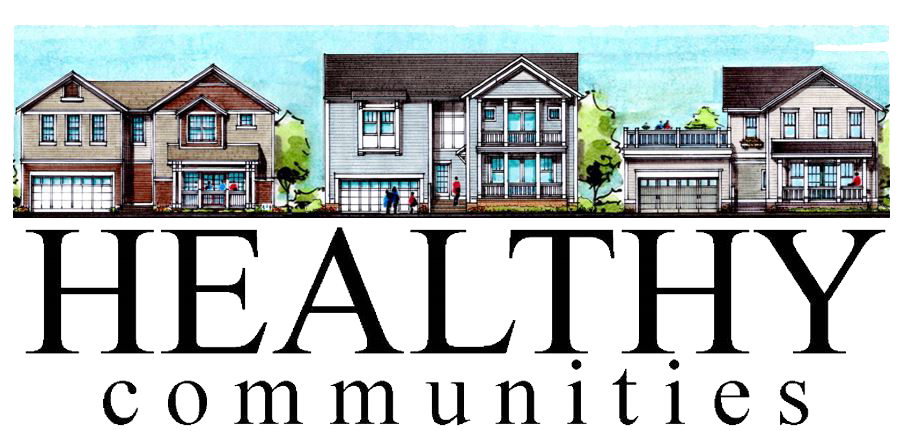Interested in building an energy-efficient, eco-friendly home? The design of new homes is changing rapidly, as many homebuilders are choosing to incorporate eco-friendly, decarbonized building materials and design methods into their construction practices. It’s a move that not only reduces a homeowner’s impact on the environment, but also helps them save money, too. Here’s what you need to know about decarbonization in Zero Energy Ready Homes.
What is a Zero Energy Ready Home?
Zero Energy Ready Homes are designed and built with the priority of reducing a homeowner’s carbon emissions. It all starts with design, as capable design-build construction companies can build from the ground up with environmentally-friendly features. Typical Zero Energy Ready Homes release about 800 lbs of carbon emissions per year. When you compare that to emissions from an average home, which hover around 17,320 lbs per year, you can see just how much of a positive impact these homes can make for the environment.
Zero Energy Ready Homes prioritize decarbonization through efficiency as well as promote cleaner air inside the house and cleaner air for the environment. There are even moves in Congress to create a tax credit for building Zero Energy Ready Homes, so there are financial benefits to embracing this concept, too.
What is decarbonization and why is it important?
Decarbonizing a home is one major way to live a more environmentally-conscious lifestyle. In the case of housing, decarbonizing involves reducing your reliance on fossil fuels. When building a new home, choose building materials that require lower amounts of carbon emissions both in the manufacturing and transporting processes. Here are just some of the methods of decarbonization you can employ when building a Zero Energy Ready Home:
- Installing high-performance windows and doors: Not all windows and doors are created equal. When you invest in quality windows and doors, you not only allow natural ventilation to cool your home when the weather’s nice, but you also have an airtight seal when windows and doors are closed.
- Insulating and preventing air leaks: Significantly reduce the amount of energy you need to heat or cool your home by investing in top-quality insulation. It’s a simple way to significantly reduce carbon emissions.
- Using natural lighting and passive solar: It takes some thoughtful design to take advantage of natural lighting to reduce the need for artificial lighting in your home. It’s smart to reposition windows to face southward and consider adding skylights to the design of your new property.
- Installing efficient lighting and appliances: Appliances and lighting account for much of the energy used in a home. When selecting appliances for kitchens, laundry rooms or any other space in the house, choose Energy Star-rated appliances and invest in LED lighting.
If you’re ready to build your dream home, make sure it’s an efficient one by designing with an eye for reducing your carbon emissions. Zero Energy Ready Homes not only reduce your impact on the environment, they actually save you money in the long run. Contact Healthy Communities today to learn more about the benefits of an eco-conscious home.
